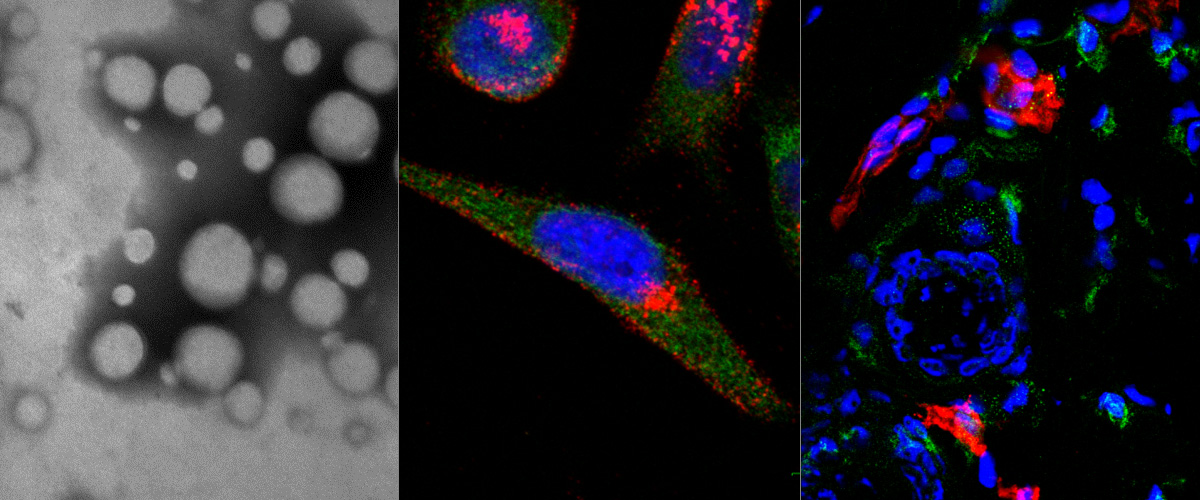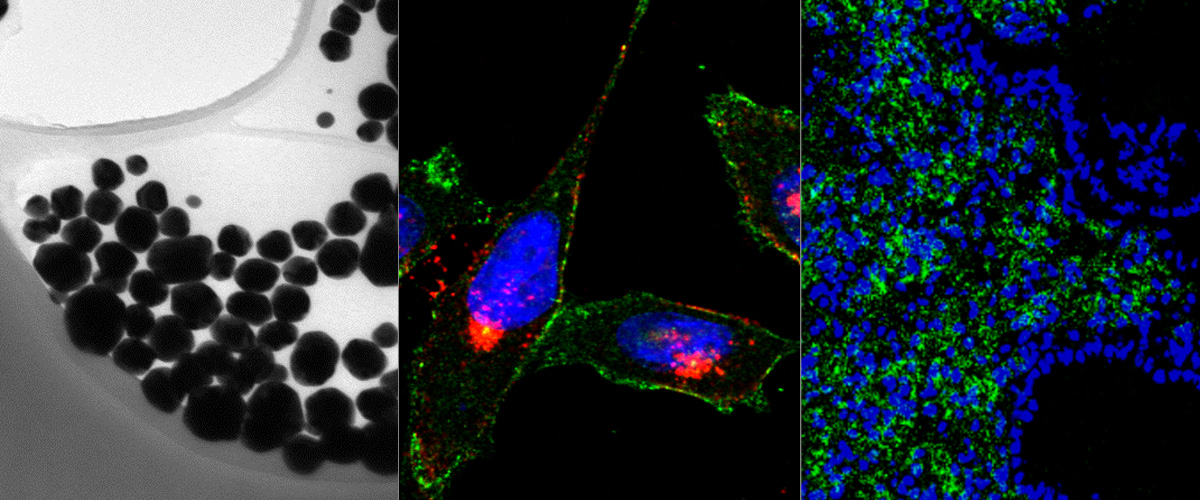https://www.ncbi.nlm.nih.gov/pubmed/27472162
Abstract
Polymersomes are versatile nanoscale vesicles that can be used for cytoplasmic delivery of payloads. Recently, we demonstrated that pH-sensitive polymersomes exhibit an intrinsic selectivity towards intraperitoneal tumor lesions. A tumor homing peptide, iRGD, harbors a cryptic C-end Rule (CendR) motif that is responsible for neuropilin-1 (NRP-1) binding and for triggering extravasation and tumor penetration of the peptide. iRGD functionalization increases tumor selectivity and therapeutic efficacy of systemic drug-loaded nanoparticles in many tumor models. Here we studied whether intraperitoneally administered paclitaxel-loaded iRGD-polymersomes show improved efficacy in the treatment of peritoneal carcinomatosis. First, we demonstrated that the pH-sensitive polymersomes functionalized with RPARPAR (a prototypic CendR peptide) or iRGD internalize in the cells that express NRP-1, and that internalized polymersomes release their cargo inside the cytosol. CendR-targeted polymersomes loaded with paclitaxel were more cytotoxic on NRP-1-positive cells than on NRP-1-negative cells. In mice bearing peritoneal tumors of gastric (MKN-45P) or colon (CT26) origin, intraperitoneally administered RPARPAR and iRGD-polymersomes showed higher tumor-selective accumulation and penetration than untargeted polymersomes. Finally, iRGD-polymersomes loaded with paclitaxel showed improved efficacy in peritoneal tumor growth inhibition and in suppression of local dissemination compared to the pristine paclitaxel-polymersomes or Abraxane. Our study demonstrates that iRGD-functionalization improves efficacy of paclitaxel-polymersomes for intraperitoneal treatment of peritoneal carcinomatosis.




